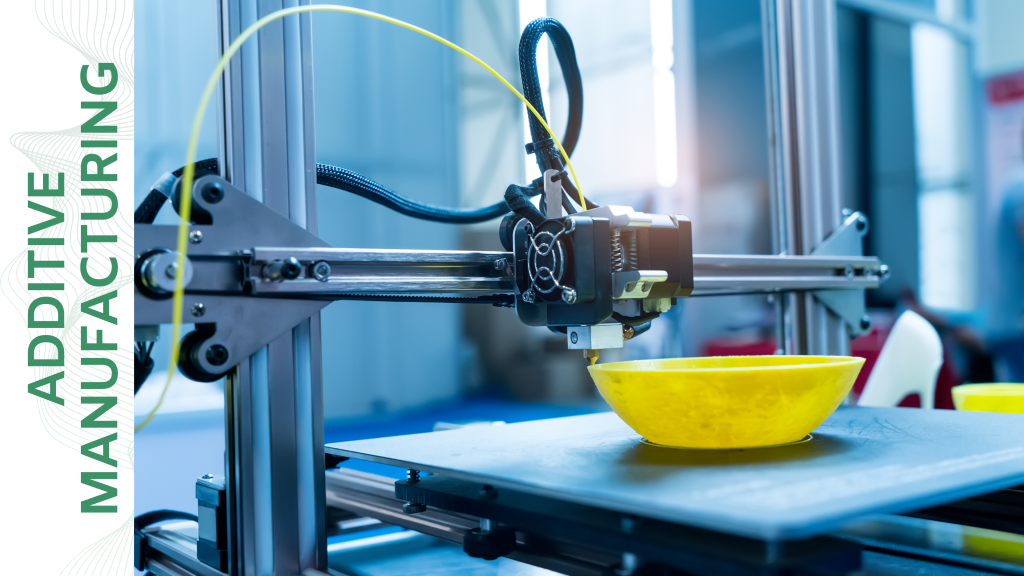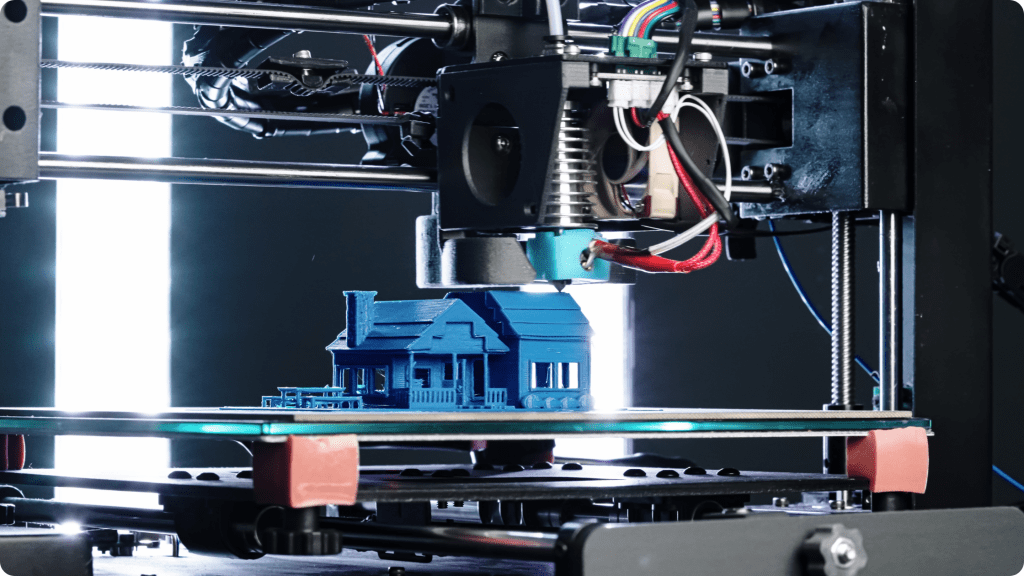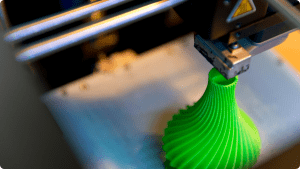Recent Advances in Additive Manufacturing: Shaping the Future of Production

Recent Advances in Additive Manufacturing: Shaping the Future of Production
Additive manufacturing (AM), commonly known as 3D printing, has undergone significant advancements in recent years, reshaping industries from aerospace to healthcare. The technology, which builds objects layer by layer from digital models, has evolved beyond rapid prototyping to become a vital tool in the production of complex, customized parts. This blog highlights the latest innovations and trends in AM, emphasizing its growing industrial applications, material advancements, and the ongoing challenges that the industry faces.
Expanding Industrial Applications
The range of applications for Additive Manufacturing has expanded significantly, particularly in industries that demand high precision and customization. In the aerospace sector, for example, metal AM technologies are being used to produce lightweight components that meet stringent safety standards. Companies like GE Aviation have integrated AM into the production of critical parts, reducing both weight and lead times (Vafadar et al., 2021). Similarly, the healthcare industry has seen breakthroughs in the use of AM for creating patient-specific implants and prosthetics, which are tailored to the individual’s anatomy, improving the success rate of medical procedures (Chyr & DeSimone, 2023).

Material Innovations: Sustainability and Performance
Material innovation remains at the forefront of AM research, with recent developments focusing on both high-performance and sustainable materials. The quest for sustainability in Additive Manufacturing has led to the exploration of biodegradable and recyclable polymers, which can significantly reduce the environmental impact of AM processes (Chyr & DeSimone, 2023). Additionally, advancements in metal AM, particularly with new alloys and composites, are providing enhanced properties such as higher strength-to-weight ratios and better thermal resistance. These materials are crucial for applications in harsh environments, such as in space or deep-sea exploration (Vafadar et al., 2021).
Technological Advancements: AI and Automation
The integration of artificial intelligence (AI) and automation into AM processes is another exciting development. AI-driven design optimization allows for the creation of more efficient structures with minimal material usage, while automated systems are improving the scalability and repeatability of AM production (Schwaar, 2023). This is particularly important as industries move from prototyping to mass production, where consistency and speed are critical.
Challenges and the Road Ahead
Despite these advancements, several challenges persist in the widespread adoption of AM. Issues such as the high cost of equipment, material limitations, and the need for post-processing are significant hurdles (Vafadar et al., 2021). Moreover, there is a continuous need for standardization across different AM technologies to ensure quality and interoperability in industrial applications.
Looking ahead, the future of AM is promising, with ongoing research focusing on overcoming these challenges and pushing the boundaries of what is possible with this technology. As AM continues to evolve, it is set to become an even more integral part of global Additive Manufacturing, offering unprecedented opportunities for innovation and efficiency.


